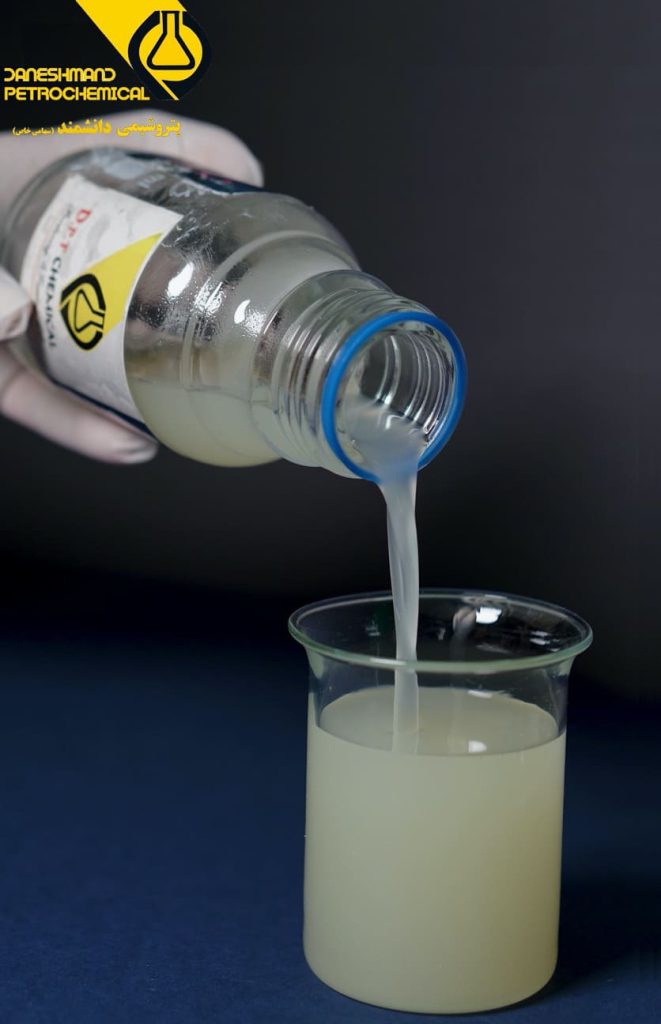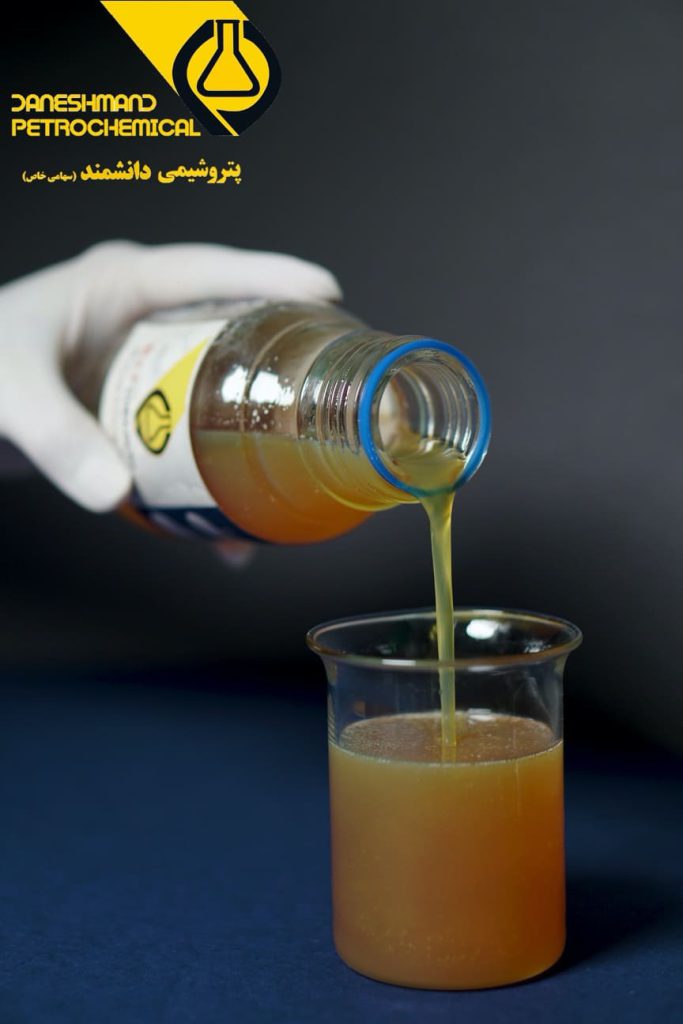Non-silicone antifoam
Non-silicone antifoam
According to the name of this product, you should know that non-silicone foams have a silicone-free nature or base, ie in their compositions, all kinds of vegetable oils, mineral oils, vegetable oils, white oils or any other oil other than silicone oils can be found. . Some of these antifoams have a chemical base of fatty acids, esters or fatty alcohols. These non-silicone antifoams are a combination of light mineral oil and non-ionic surfactants.
Non-silicon antifoam for use in paint shops, effluent treatment plants scrubbers, metal working fluids and process waters where the use of silicon based products are prohibited.
A formulated blend of synthetic waxes, proprietary biocide and surfactants in highly refined mineral oil.
Offers good foam suppression at low doses and is therefore cost effective in use. Effective over a wide pH range and with long lasting efficacy makes WTPDF61 a versatile product.
Types of non-silicone antifoams:
Non-silicone antifoam code ISD800
Non-silicone antifoam code ISD1100
Non silicone foam ISD 800 :
Water-soluble (acrylic) non-silicone antifoams are a variety of water-dispersible oils and waxes. Oils are often mineral oils or vegetable oils, and foams are long-chain fatty alcohols, fatty acid soaps, or esters. These are usually the best air bubble removers or so-called deaerators, which means that they are most effective in dissipating submerged air.
Applications of ISD-800 non-silicone antifoam include neutralizing and preventing water-based acrylic paints from foaming. It is used to control the floor in many areas, including industrial spray washers, cooling towers, paper mills, effluent foam control, paint booth treatment, and more.
Technical specifications of non-silicone antifoam code ISD 800:
This foam is a liquid with a normal viscosity made of mineral oils and surfactants.

Non-silicone foam ISD 1100:
This non-silicone foam is for oily compounds.
Petroleum antifoams have oil carriers. This oil may be mineral oil, vegetable oil, white oil or any other oil that is insoluble in the floor environment other than silicone oil. An oil-based foam also contains hydrophobic wax or silica to enhance performance. Typical waxes include ethylene bistaramide (EBS), paraffin waxes, ester waxes, and fatty alcohol waxes. It is interesting to note that these products may contain surfactants to improve the emulsion and develop in a frothy environment.
These anti-foams are heavy diffusers and are usually best used to remove surface foam.
Technical specifications of ISD 1100 non-silicone antifoam:
This antifoam is made of mineral oils and is light brown in color.

Test methods for non-silicone antifoam:
There are several ways to test diffusers. One of them is the use of cylinders to measure the amount of foam. In this case, by measuring the height of the floor, a cylinder with a scale is installed, which can check the amount of foam before and after using antifoam.
Inlet air can be tested with similar equipment that has a densitometer. Because changes in fluid density can be recorded over time.
Advantages of non-silicone foam
Eco-friendly
Long shelf life
Easy to use
Economically viable
Remove the foam in the shortest time
Performance in different pH range
Non-silicone anti-foam storage conditions
Store at room temperature in a closed environment away from direct sunlight.
The storage time of these products is between 6 months to 12 months after the date of production.
Prevent the material from freezing.
MSDS Safety Tips
May irritate the eyes during contact, so avoid contact with eyes. Prolonged contact may cause skin irritation. When working, use appropriate personal protective equipment that conforms to the Material Safety Data Sheet. In case of accidental contact, immediately wash the affected areas frequently with cold water. If irritation persists, call your doctor. Wash dirty clothes before reuse. Wash your hands thoroughly after handling the product.
More Information:
The above information is believed to be correct but does not purport to be all inclusive and shall be used only as a guide. The company shall not be held liable for any damage resulting from handling, contact, mis-use or mis-application of the above product. In all instances the user should satisfy themselves that this product is suitable for the anticipated application and should carry out suitable and sufficient risk/COSHH assessments and a method of use statement.

